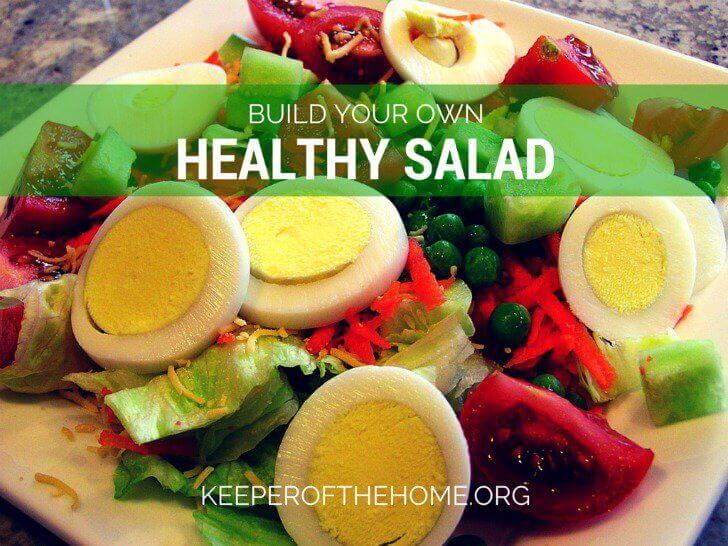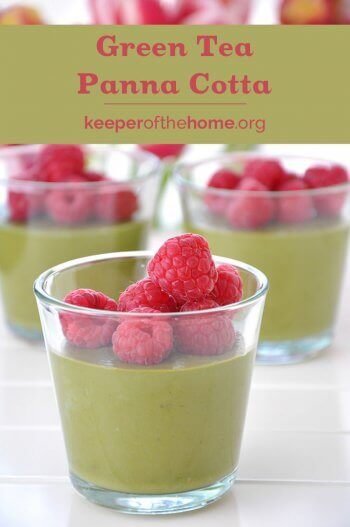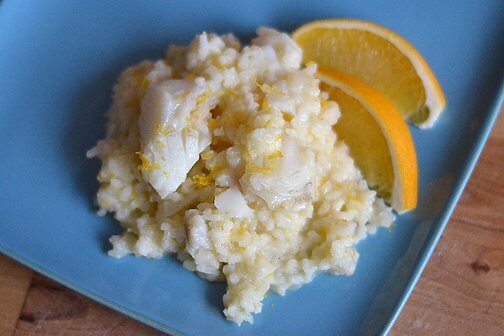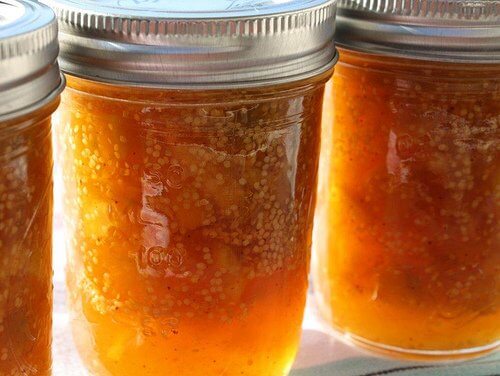Build Your Own Healthy Salad

By Hilary Bernstein, Contributing Writer
If you’re excited to get back to the healthy crunch of fresh foods at mealtime or you’re simply trying to add more vegetables to your daily diet, use this guide to pair together your favorite salad fixings. Simply build your own healthy salad based on your flavor preferences, and enjoy the nutritional benefits!
Greens
Filled with vital nutrients, leafy greens are the building block of any healthy salad. In particular, load up on:
Lettuce
Depending on what kind of lettuce you choose, you’ll notice a difference in looks, taste, and texture. All fresh lettuce leaves contain Vitamin C to boost your immune system and folates to help your body make new cells and maintain cells you already have, as well as prevent neural tube defects in developing fetuses.
Lettuce is full of Vitamin K to help blood clotting, increase bone mass, and limit Alzheimer’s damage in the brain.
Lettuce also has iron to help form red blood cells, copper to produce red blood cells, and potassium to help control blood pressure and heart rate.
The beta carotene found in lettuce converts to vitamin A in your body and promotes healthy vision and skin.
Arugula
Arugula boosts your immune system, thanks to vitamin C. It helps blood clotting and increase bone mass with vitamin K and forms red blood cells with iron. This leafy green also is packed with calcium and vitamin A.
Kale
Kale is unusually high in fiber. This helps prevent constipation, and it aids your body’s digestion. Lutein and zeaxathin, two carotenoids found in kale, help prevent cataracts and macular degeneration.
Vitamins A, B6, C, and K, calcium, folic acid, iron, manganese, and potassium all are found in kale. (In particular, vitamins A and K both help strengthen bones and teeth. The vitamin C helps lower blood pressure.) Kale’s vitamin K and omega-3 fatty acids help ease arthritis, asthma, and other autoimmune disorders.
Loaded with beta carotene, kale can help prevent cancer and heart disease.
Cabbage
Cabbage is filled with vitamin C. (In fact, it contains more than oranges!) This vitamin boosts your immune system – and it helps prevent cancer, depression, Alzheimer’s disease, and stomach ulcers. Cabbage also contains vitamin B6, vitamin K, and folate.
Rich in sulfur, cabbage helps fight infections in ulcers and wounds. The sulfur and vitamin C in cabbage also help to detoxify your body and purify blood.
The fiber in cabbage helps to prevent constipation. And the iodine content in cabbage helps your brain and nervous system function properly.
Spinach
Spinach contains a lot of vitamin K and calcium, which helps strengthen bones. The vitamin K in spinach also helps maintain the health of your nervous system and brain. (It prevents cardiovascular disease, strokes, and atherosclerosis, too.)
Lutein, found in spinach, prevents cataracts and macular degeneration. The folate in spinach protects against heart disease. Flavonoids – a kind of phytonutrient – found in spinach protect against cancer and memory loss.
Spinach’s antioxidants (vitamins A, C, and E, beta carotene, manganese, selenium, and zinc) all protect against cancer, heart disease, high blood pressure, and osteoporosis.
The vitamin A found in spinach also helps increase your immunity by protecting mucous membranes, as well as intestinal, urinary, and respiratory tracts. Vitamin A is part of infection-fighting white blood cells. It makes skin healthier, too.
Spinach is full of fiber – and that promotes good digestive health and lower blood sugar.
Fruit & Veggies
Avocado
You’ve got to love the rich, creamy and nutritious avocado. Helping your body absorb fat-soluble nutrients, avocados are loaded with fiber, folic acid, potassium, B-vitamins and vitamin E. Avocados also contain good, monounsaturated fat — and that helps reduce cholesterol levels and lessen your risk for heart disease.
Bell Peppers
Filled with vitamin A and C, bell peppers are filled with beta carotene and antioxidants – these vitamins help your heart and eyesight. They’ll prevent cancer, too. (Lutein found in bell peppers also promotes eye health.)
Bell peppers are low in calories, cholesterol, fat, and sodium. They are filled with fiber, calcium, folate, magnesium, potassium, thiamine, and vitamins B6 and K, so they reduce high cholesterol and prevent heart attacks and strokes.
Red bell peppers contain more lycopene than green bell peppers. Because of this, the red peppers do a better job of protecting against heart disease and cancer.
Broccoli
Move over milk. Broccoli contains a lot of calcium, which is helpful for people dealing with lactose intolerance. (Besides building strong bones, calcium also controls blood pressure. The magnesium and potassium in broccoli helps with blood pressure, too.)
With antioxidants like vitamins A, C, and E, broccoli protects against cancer, heart disease, and cataracts. Selenium, glucoraphanin, and indole-3-carbinol in broccoli also help protect against cancer. And broccoli’s lutein, folate, and vitamin B6 protect against heart disease.
The beta carotene, selenium, zinc, and vitamin C found in broccoli help boost your immune system. With both insoluble and soluble fiber, broccoli helps with digestion.
And if you’re pregnant, eat your broccoli — it’s chock-full of folic acid.
Carrots
Thanks to vitamin A, carrots help eye health tremendously. While carrots won’t improve your eyesight, they can help prevent cataracts and night blindness.
Packed with beta carotene, carrots can help prevent heart disease, cancer, macular degeneration, and strokes. To absorb more beta carotene, eat cooked carrots – fiber traps the beta carotene, but cooking helps release it.
Carrots have lots of soluble fiber that can help lower cholesterol. (They also are filled with vitamins B and C, calcium, and potassium.)
Cauliflower
Even though cauliflower doesn’t have chlorophyll like other colorful cruciferous cousins (broccoli, cabbage, and kale), it still helps prevent cancer with two phytonutrients – sulforaphane and indole-3-carbinol (I3C). Bonus … the I3C also helps lower bad cholesterol.
Cauliflower’s full of vitamin C, which helps promote healthy immune systems. Just eating three raw florets of cauliflower gives you 67 percent of your daily vitamin C requirement!
Corn
Chock-full of both insoluble and soluble fiber, corn greatly helps with digestion. Corn also is full of antioxidants, vitamin C, lutein, beta carotene, and manganese.
The folic acid found in corn helps prevent neural tube defects in growing fetuses. It also helps prevent heart disease.
Cucumbers
With a water content of at least 90 percent, cucumbers are a fat-free, sodium-free, low-calorie food. Filled with fiber and potassium, cucumbers help digestion.
Cucumbers contain magnesium, potassium, phosphorus, and vitamins A and C – all of these nutrients should be consumed daily. Plus, the silica in cucumbers helps skin, bones, blood vessels, and connective tissues like tendons and ligaments.
Green Onion
For such a small plant, green onions contain a lot of vitamins and minerals, like vitamin C (an immunity booster), vitamin K (a blood clotter), copper, fiber, manganese, and potassium.
The chromium found in green onions helps regulate glucose levels. Green onions help lower blood sugar, blood pressure, and cholesterol, thanks to allyl propyl disulphide.
Because of the antioxidant quercetin, green onions have anti-inflammation and anti-histamine properties.
Radishes
Because of their natural antibacterial and antifungal properties, radishes are often used to treat skin disorders, soothe insect bites, and ease kidney problems.
Filled with vitamin C, radishes help maintain bones and teeth. The vitamin helps rebuild blood vessels and tissues, too.
Aside from vitamin C, radishes contain calcium, copper, iron, magnesium, manganese, phosphorus, potassium, sodium, zinc, and vitamins B and K. These vitamins and minerals help prevent cancer.
Radishes are loaded with fiber – and that helps prevent digestion issues. They also are a diuretic, which helps prevent urinary tract infections.
Red Onion
Onions have antihistamine, antiviral, and anti-allergy properties. They help repair cells, too.
Flavonoids found in onions decrease inflammation and help keep blood vessels healthy. The chromium found in onions helps control blood glucose.
The sulfur compounds found in onions act as antioxidants and help reduce blood pressure, lower cholesterol, prevent heart disease and cancer, and detoxify your body.
Onions may even help prevent bone loss in menopausal women.
Snap Peas
All peas contain a large amount of soluble and insoluble fiber. This fiber can help lower cholesterol – it helps with digestion, too.
Peas are rich in iron, which is beneficial to your blood. Peas contain calcium, magnesium, manganese, phosphorus, and potassium. Peas also have plenty of lutein, which protects against cataracts and macular degeneration.
Vitamins A and C are found in peas – these antioxidants boost your immune system and protect against cancer and heart disease. Peas also contain vitamin K, which helps strengthen bones.
Many B vitamins are present in peas, including B1 (thiamin), B2 (riboflavin), B3 (niacin) and B6. These vitamins fight against osteoporosis and regulate your body’s carbohydrate, fat, and protein levels.
Tomatoes
A low-calorie food, tomatoes are low on the glycemic index.
Tomatoes are rich in lycopene. As an antioxidant, lycopene can help reduce heart disease. It also benefits immune systems and can help prevent cancer – particularly prostate cancer.
The antioxidants found in tomatoes come from lycopene and vitamins A, C, and E. (‘Maters also contain vitamins B and K.) The vitamin C is found in the gelatinous substance around the seeds.
Tomatoes are high in potassium, iron, copper, beta carotene, phosphorous, and folic acid. Lutein, a nutrient found in tomatoes, promotes eye health. Tomatoes also contain carotenoids and bioflavonoids that act as anti-inflammatory nutrients.
Other fixings
Almonds
Almonds help to decrease the risk of Alzheimer’s, prevent diabetes, inhibit the growth of cancer cells, and create satiety that helps in weight loss.
Because of arginine, fiber, vitamin E and antioxidant phytochemicals like flavonoids, phenols, proanthocyanidins and phytosterols found in almonds, the tasty nuts can lessen the risk of heart disease.
Cheese
Adding diced or shredded cheese to your salad will certainly add a lot of calcium. And if you pick a full-fat cheese, you’ll feel fuller for longer.
Chicken Breast
A fantastic source of protein, skinless chicken breasts on your salad will add niacin, selenium, and vitamin B6 to your meal. Those nutrients help convert carbohydrates to energy, fight cancer, and metabolic processing.
Dried Fruit
If you’re looking to add a bit of flavor (and disease-preventing phenols) with dried fruit, opt for raisins over dried cranberries — raisins contain much more protein, calcium, iron, magnesium, and potassium.
Hardboiled Egg
Looking to add a cheap source of protein to your salads? Choose hardboiled eggs! Egg whites contain B-vitamins like B2, B6 and B12, as well as vitamin D, copper, iron, selenium, and zinc. Egg yolks include lecithin and fat soluble vitamins A, D, E and K.
The betaine and choline found in eggs can benefit heart health.
Strawberries
Filled with antioxidants and nutrients (calcium, folate, magnesium, manganese, and potassium), strawberries can help heart health, protect against cancer and stroke, reduce arthritis, and lower blood pressure.
One serving of strawberries (about eight to ten strawberries) packs more vitamin C than a whole orange.
Add more fiber to your diet with strawberries – add them to your breakfast cereal or snack on them.

If you’re looking for a tasty and healthy salad dressing option, try these 10 different real food recipes!
When you build your own healthy salad, what are your favorite fixings?
 This post is sponsored by Plan To Eat. If you know you need to make strides towards regular meal planning and you’re looking for a tool to make it easier, I highly recommend you check out Plan To Eat’s virtual tour. Sign up for a free 30-day trial to see how it works! Plan To Eat was born from a desire to eat real food — great food — prepared at home, together as a family. Plan to Eat is an online menu planner that uses your recipes, scheduled for the days you want them, automatically generating your grocery list, organized the way you like to shop. Eat well. Eat together.
This post is sponsored by Plan To Eat. If you know you need to make strides towards regular meal planning and you’re looking for a tool to make it easier, I highly recommend you check out Plan To Eat’s virtual tour. Sign up for a free 30-day trial to see how it works! Plan To Eat was born from a desire to eat real food — great food — prepared at home, together as a family. Plan to Eat is an online menu planner that uses your recipes, scheduled for the days you want them, automatically generating your grocery list, organized the way you like to shop. Eat well. Eat together.
Disclosure: This post contains affiliate links. When you buy through our links, we earn a small commission, which helps to keep this site going so that we can continue to offer free and useful content, so thanks!











